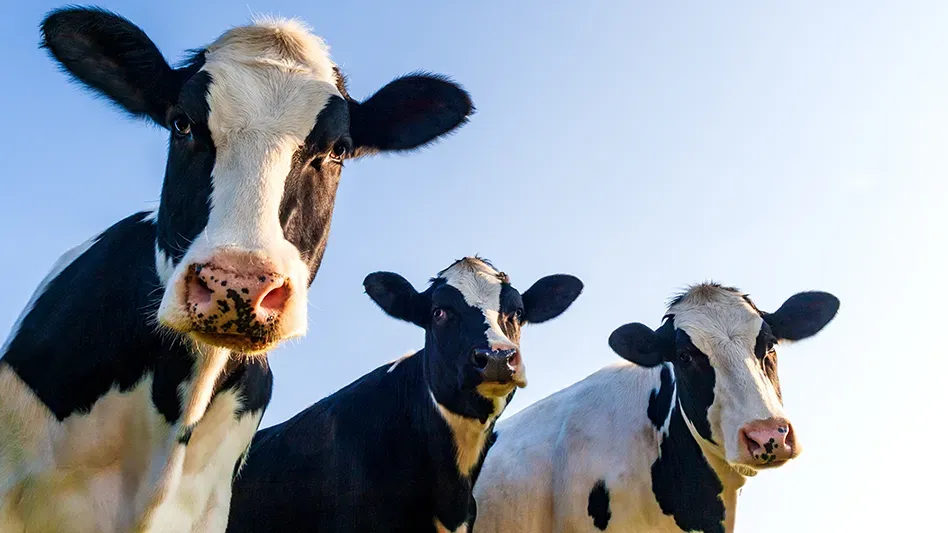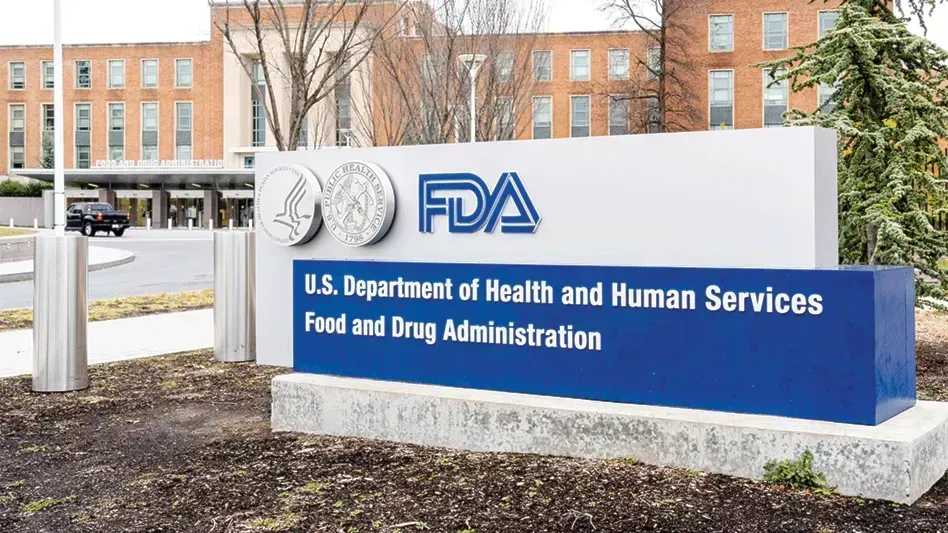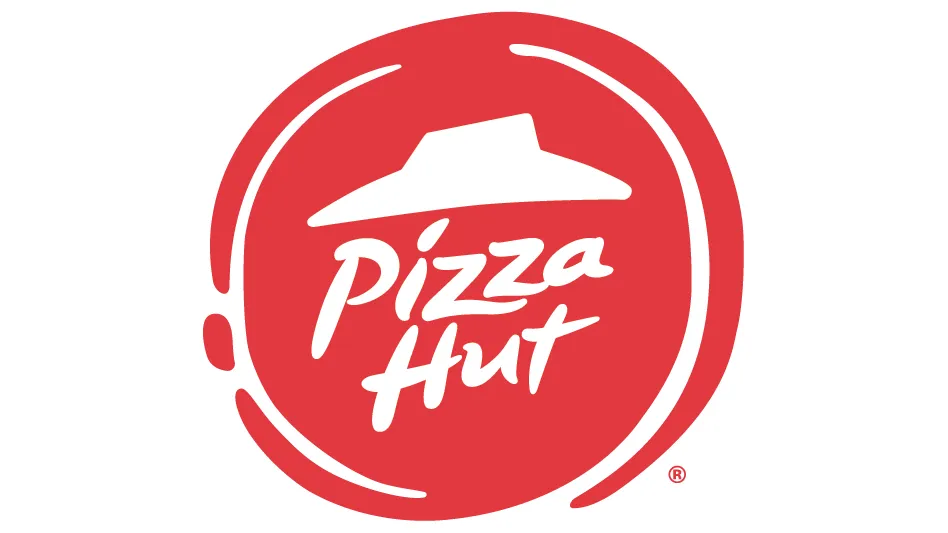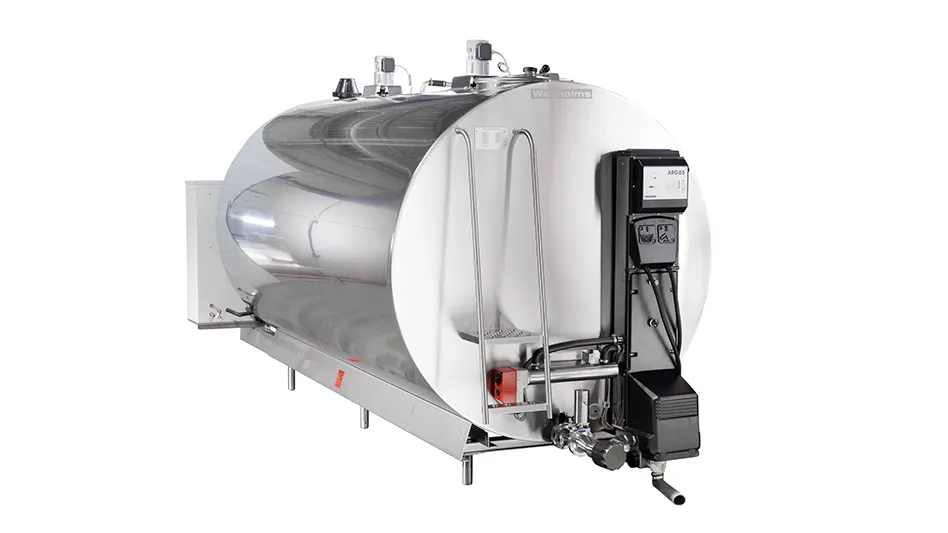
GS1 US
In November, the Food and Drug Administration (FDA) is expected to publish mandatory traceability requirements for producers of 16 high-risk foods?under Section 204 of the Food Safety Modernization Act (FSMA). To comply with the new rule, supply chain partners will need to keep detailed records on these foods and focus on digitizing data to drive greater transparency. Industry-wide compliance is expected by the end of 2024.
Angela Fernandez, vice president of community engagement at GS1 US, a standards organization and administrator of U.P.C. barcodes, shares how industry members can prepare for these new requirements and how globally unique identification and data standards can make traceability more efficient.
Q: How are traceability requirements going to change under FSMA Section 204?
A: The FDA’s proposed Requirements for Additional Traceability Records for Certain Foods (Food Traceability) rule implements Section 204(d) of FSMA. FSMA, signed into law in January 2011, follows the Bio-Terrorism Act of 2002 which regulates “one up one down” food traceability. When the proposed rule came out in September of 2020, the FDA announced new processes to trace high-risk foods across 16 categories, including leafy greens, melons, tomatoes, nut butters, ready-to-eat deli salads, finfish and crustaceans, and all types of fresh-cut fruits and vegetables. Additionally, the new requirements apply to foods that include ingredients from those food categories. The new recordkeeping procedures will require more robust data, where supply chain partners will likely have to maintain the data in their systems for two years that captures the complete story of how lots of food moved from end to end in the supply chain, and provide it to the FDA within 24 hours in the event of an outbreak.
The FDA believes these new requirements will help answer a handful of key questions they ask during foodborne illness investigations: Where was this product sourced from, and where did it end up? What steps did it take along the way? Did the product alter or change at all? The FDA is raising the bar on what records they will request when a particular food product is under investigation.
Notably, the records are expected to contain unique identification for the locations that food products pass through, such as the farm, packing house, distribution center and stores. Additionally, products will need to have unique identification applied as well as a lot code for the sub-set of foods produced under the same circumstances. Further, the FDA expects recipients of foods to record the lot codes generated by the producer of the food instead of only assigning their own code. While the previous rule expected records on the hand-offs of food between businesses, the new rule builds on those requirements to also mandate information on the transformations of foods from one form to another.
This approach, that we believe will be in the final rule, creates a broader data set than industry is capturing and storing currently.
Q: So how are companies preparing for these new standards and expectations?
A: GS1 US gathered stakeholders (growers, manufacturers, retailers, distributors, restaurants, technology providers, associations, etc.) when the proposed rule was announced to understand how it could impact industry overall. While stakeholders acknowledge there is an opportunity to enhance traceability across the supply chain, they also want to make sure that they’re able to leverage and extend existing processes to address potential regulatory requirements. GS1 US worked with industry to offer comments to the FDA on where there was opportunity to enhance the proposed rule.
While waiting for the final rule to be published, industry has begun examining how they will address requirements per the proposed rule. This effort has been defined via two different work streams. The first one is examining how industry sources and manufactures product. This group is documenting what their processes are today, the data they have available, how they’re capturing this data and how it may need to change once the final rule is announced.
The second work stream is focused on food distribution and consumption. They’re also mapping their current business processes, understanding where there may be gaps according to the proposed rule and how we can collaborate as an industry to fill those gaps.
The scope of this new rule highlights the need for companies to share common understanding on what traceability is necessary to support these forthcoming requirements. Building upon their existing investment, the work group members are envisioning how to apply GS1 Standards specifically to meet requirements of the proposed rule.
Q: Can you talk more about how GS1 US has been working with the industry on this?
A: The final rule is expected to be announced in November of this year, and industry is expected to have two years to comply. Industry members are recognizing that meeting this new rule requires coming together. GS1 US is doing its part to convene those industry voices to gain a shared understanding of the rule and produce actionable guidance. Notably, many industry stakeholders are still trying to understand implications around the scope of the proposed rule. For example, as they examine the Food Traceability List (FTL), many are not aware that ingredients are also in scope for the proposed rule.
As an industry-driven standards body, the role of GS1 US is to help industry further leverage and extend the standards that they already adopted to support new challenges and opportunities. FSMA 204 is a perfect example of a challenge they’ve identified. Through the GS1 US FSMA 204 workgroup, our members are assessing how to enhance their current traceability practices to meet the proposed requirements. GS1 US is facilitating those industry discussions with all stakeholders in the supply chain, even including the technology providers — those providing the scanners, the systems, the traceability solutions that industry is using today. Through industry aligning on how to apply GS1 Standards, meeting the new requirements can be scalable for the size and complexity of today’s food supply chain.
The rule would require persons who “manufacture, process, pack or hold” foods on the FTL to record certain Key Data Elements (KDEs) associated with different Critical Tracking Events (CTEs) in the supply chain. GS1 US has been working with industry to identify how best to leverage GS1 Standards for tracking CTEs and KDEs. CTEs include growing, receiving, creating (manufacturing or processing), transforming and shipping; different KDEs will be required for each event. While the main focus of the workgroup is regulatory compliance, we’re keeping an eye out for how implementing changes for regulatory compliance also unlocks business value.
Q: How does globally standardized data enhance systems compatibility and make traceability more efficient?
A: Even before FSMA 204, traceability had already been a priority for industry to create a better, preventive food safety system and avoid costly food recalls — even dating back to the 2006 spinach recall. There has been widespread industry collaboration since then via GS1 US industry initiatives across grocery and foodservice as well as the Produce Traceability Initiative with the goal of utilizing GS1 Standards to enable better traceability processes. GS1 Standards provide a common language to enable interoperability and make it possible for different technology solutions to communicate and ultimately enable trading partners to gain a shared view of products as they move through the supply chain.
GS1 Standards are cited several times in FDA’s proposed rule as a solid foundation for building or refining their food safety traceability systems. GS1 Standards facilitate the identification, capture and sharing of information between trading partners. These standards include:
- Global Trade Item Numbers (GTINs) for unique product identification, which can identify foods at harvest, processing or movement and help prevent confusion caused by internal numbering schemes.
- Global Location Numbers (GLNs) for location identification, which can identify locations such as a farm or field, a packing house, manufacturing plant, a distribution center, a supermarket or a restaurant. They help a company unambiguously map each stop a product makes along the supply chain.
- Automated data capture for traceability with GS1-128 barcodes applied to cases, as trading partners are able to encode data such as expiration dates, batch/lot/serial numbers, quantities, weights and other information into these barcodes, ensuring the identity and core data about products is connected both digitally and physically.
- Physical event data sharing via EPCIS (Electronic Product Code Information Services) to translate shipping or receiving events into a common language that can be shared to tell a complete history of a product along each stop in the supply chain.
Q: What do you think the opportunities are for the food system with these new rules that are coming into effect?
A: There’s an increasing need for transparency — both in the supply chain and among consumers. Over the past 24 months, we’ve experienced food shortages or stakeholders trying to source products from different places. There’s a lack of visibility across the supply chain — where product is and what’s available.
Having robust traceability records would help create this desired visibility. In the event of an outbreak, manufacturers and retailers could pinpoint the items affected much quicker and withdraw or recall those products. Going a step further, if those records were digitized, that traceback could be automated and product would be removed from inventory as quickly as possible.
Additionally, beyond initial compliance, there’s an opportunity to share information about products with the consumer. With that transparency, brands and retailers can provide an enhanced consumer experience.
Q: What do you think the challenges are going to be with the implementation of new standards?
A: The challenges that we’re hearing from industry are two-fold. The first is determining how to digitize their data and leverage technology to support the expected rule’s 24-hour requirement for data sharing. The second consideration is how to structure the vast amount of data for it to be shared and understood by downstream partners. They know GS1 Standards will address both challenges, but are less sure whether their existing systems and processes are ready to accommodate.
If the existing technologies and processes don’t quite meet all of those different data capture points, upgrades may be necessary. While members recognize a return on investment from an upgrade is likely, daily challenges make it hard to prioritize the necessary changes.
Q: So how do companies overcome those challenges?
A: By aligning on what data industry needs to be captured and when, they can afford some flexibility on meeting the new requirements in the short-run and long into the future. In the short-run, companies can plan how to use their existing technology and processes to be able to produce spreadsheets. Simultaneously, companies can plan for the necessary upgrades even if they may take longer than the two years for compliance.
In both cases, use of GS1 Standards provides a common language, grounded in unique identification, that can ensure the necessary records are kept, while paving the way to create a fully automated and digitized supply chain to support the vision of the New Era for Smarter Food Safety centered around tech-enabled traceability.
Q: Do you think these new requirements will have an impact on the number of foodborne illnesses that we see?
Latest from Quality Assurance & Food Safety
- Food Safety Summit Keynote Focuses on Food Safety Leadership
- FDA Publishes Landmark Final Rule to Enhance the Safety of Agricultural Water
- The Wendy's Company Reports 2023 Corporate Responsibility Progress
- Local Bounti Opens New Controlled Environment Agriculture Facility
- Tröegs Partners with Patagonia Provisions to Introduce Kernza Lager
- Neogen Launches New Molecular Method for Detection of Two Salmonella Serotypes
- Standard Meat Company Appoints Keith Blanks as Chief Commercial Officer
- USDA Finalizes Policy to Protect Consumers from Salmonella in Raw Breaded Stuffed Chicken Products




